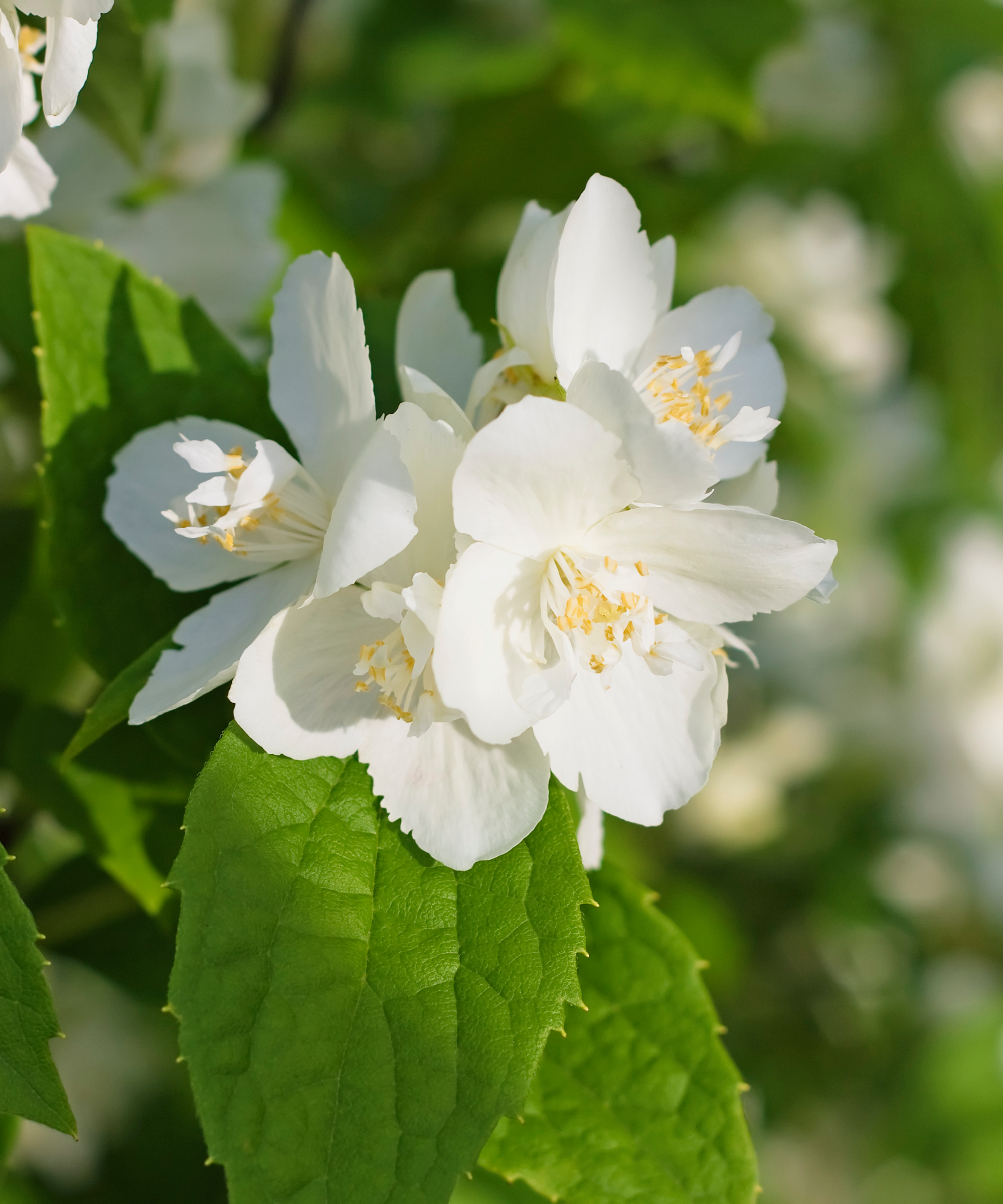How To Grow A Mock Orange Bush – For A Spring Garden Filled With The Scent Of Citrus
For stunning citrus fragrance in the garden, you can't go wrong with a mock orange bush. Learn how to grow this easy-care, late spring-blooming beauty.


For stunning citrus fragrance in the garden, you can't go wrong with the mock orange shrub (Philadelphus virginalis). This late spring-blooming deciduous bush looks great when placed in the border, used in groups as screening, or simply as a stand alone specimen plant. They even make excellent cut flowers indoors.
What Does Mock Orange Mean?
Though it's not a true orange, its name supposedly derives from the fragrant white flowers which in some varieties are thought to resemble that of orange blossoms. While the blooming of this lovely shrub is short (only about a week or two), you can still enjoy the dark green foliage of mock orange plants. Mock orange bushes come in many varieties, ranging in height from 4 to 8 feet (1-2 m.) or more.
How to Grow a Mock Orange Bush
Mock orange shrubs are hardy in zones 4 through 8. They enjoy areas with full sun to partial shade and moist, well-drained soil. Adding compost to the soil will help improve most issues.
When planting mock orange bushes, dig your planting hole deep enough to accommodate all of the roots. Be sure to spread the roots out and add soil halfway, tamping it down before adding in the remaining soil. Water well after planting.

Your mock orange shrub will require consistent moisture until it's established, and though it is somewhat drought tolerant, the bush prefers to be kept in moist conditions. Mulching the area around the shrub will help the soil retain moisture and minimize watering needs.
Mock oranges are not usually heavy feeders, though a water-soluble, all-purpose fertilizer may be used in late winter/early spring as needed if you feel the plant is not growing as well as it should. Annual pruning will keep the plant looking good and help with maintaining its shape.
Since the shrub blooms on the previous year's growth, pruning needs to be done soon after the blooming period in early summer. Simply prune off the growth just above the outer facing buds on stems that have finished flowering.
Sign up for the Gardening Know How newsletter today and receive a free copy of our e-book "How to Grow Delicious Tomatoes".
Overgrown shrubs can be pruned back by a third, though this may reduce flowering next season.

Nikki Tilley has been gardening for nearly three decades. The former Senior Editor and Archivist of Gardening Know How, Nikki has also authored six gardening books.